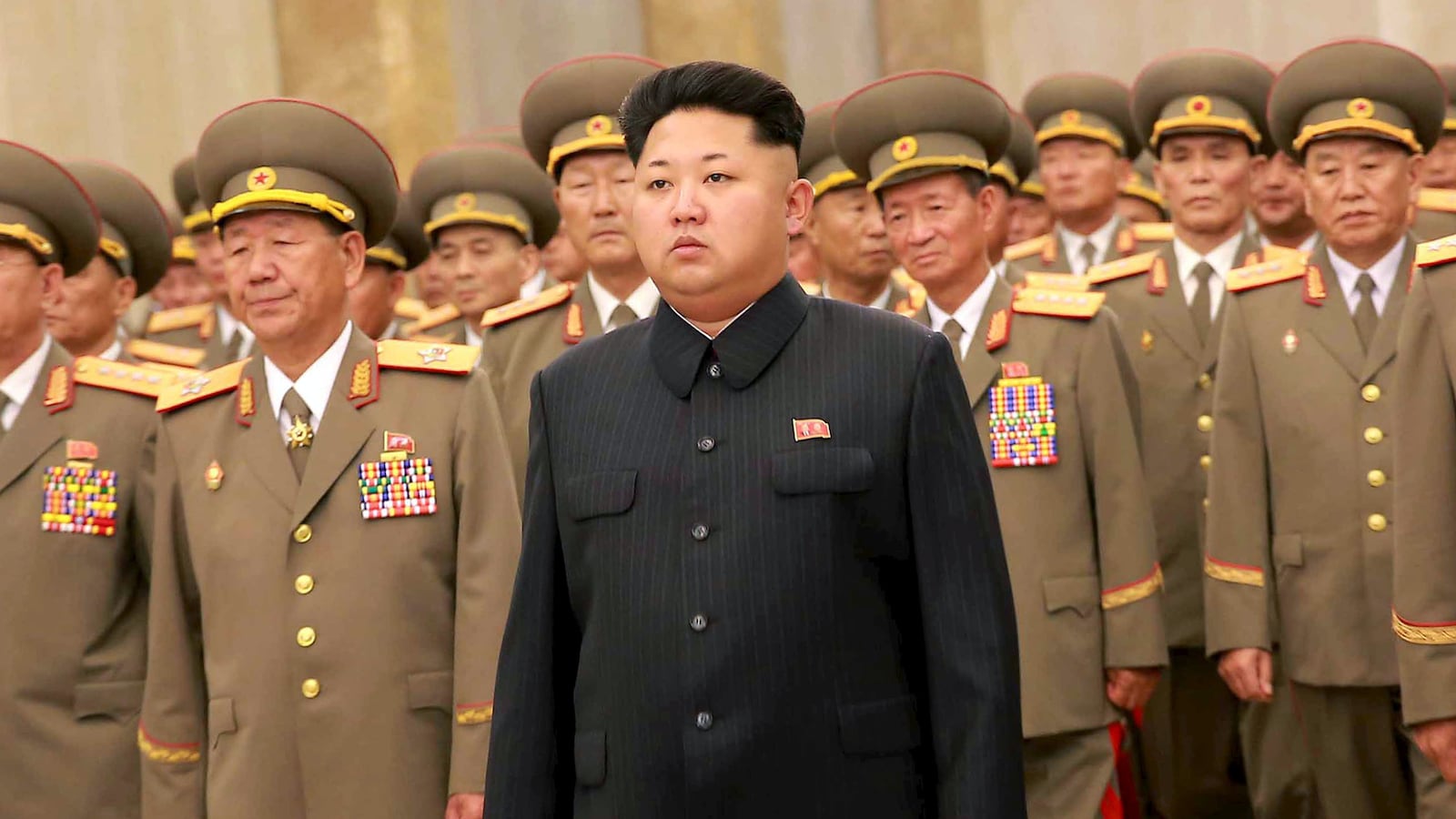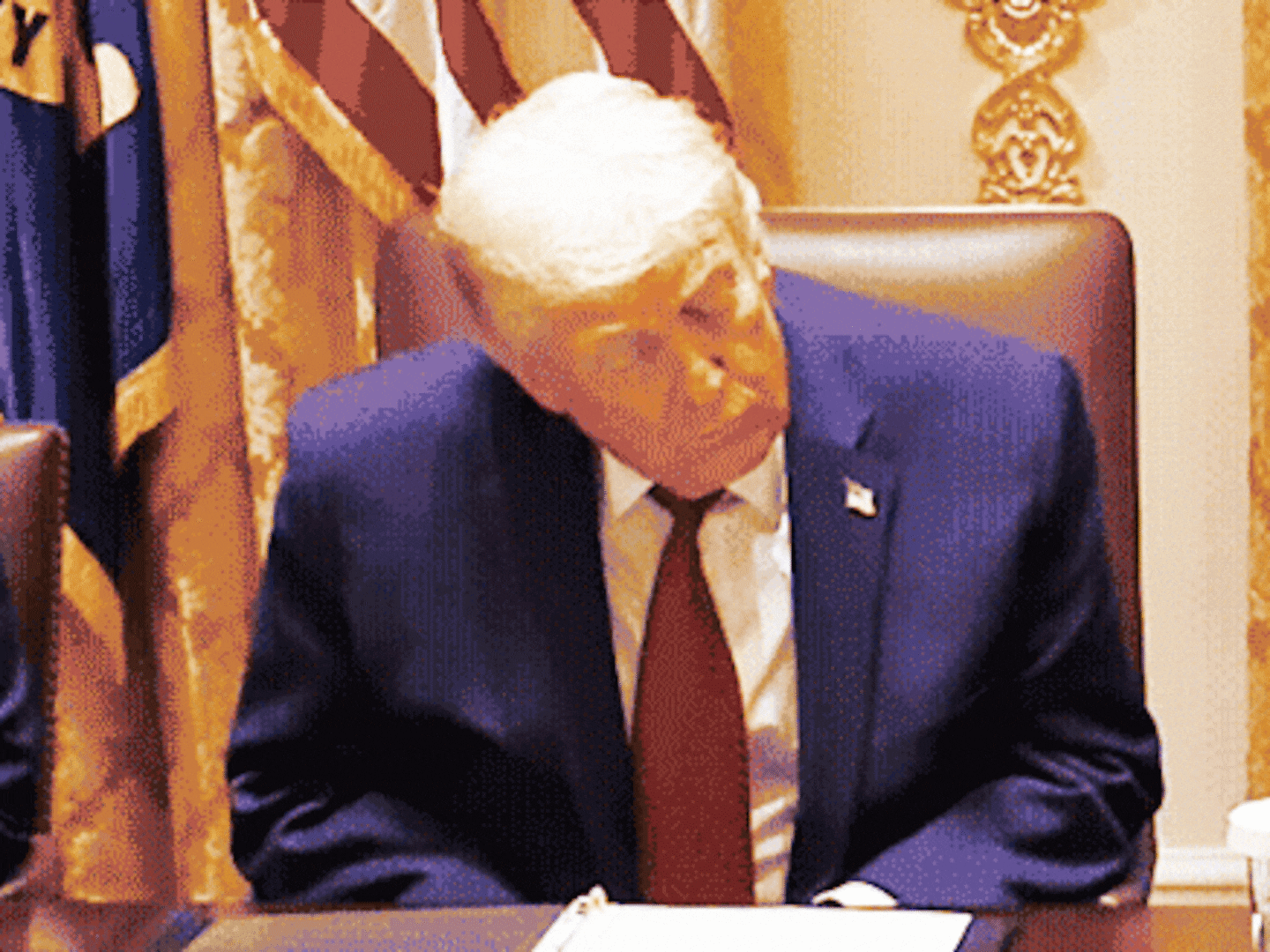The U.S. military is bolstering its North Korea-related capabilities. Via his tweets and the diverted Carl Vinson carrier strike group, President Trump is sending a clear message to China: exert diplomatic influence over Kim Jong-un, or America will use coercion. Trump’s strategic objective: Kim’s suspension of his intercontinental ballistic missile program.
It’s a high-stakes game.
As columnist John Schindler notes, assessing North Korean strategy is exceptionally difficult. The U.S. intelligence community has long struggled to infiltrate the Kim dynasty’s fortress-hermit kingdom. South Korean and Japanese intelligence services have had more success, but they also struggle. Particularly problematic today, Kim’s behavior suggests mental instability. This is not a joke.
Effective U.S. diplomacy has rarely been more crucial.
Still, if diplomacy fails and Trump authorizes military action against North Korea’s ballistic missile program, we can make basic assessments as to its likely form.
For a start, the U.S. would seek to annihilate North Korean ballistic missile development and production facilities. Credible reports suggest many of these hardened facilities are in North Korea’s northeastern mountainous region, near the Chinese border. Destroying these sites would likely entail air strikes with the U.S. Air Force’s 30,000 pound GBU-57. The bomb is designed to penetrate deep below the surface and achieve significant effect. Open source reports indicate post-2012 efforts to enable B-2 bomber deployment of the weapon. Currently based in Florida and Missouri, B-2 crews can strike targets across the globe, refueling during missions.
The destruction of North Korean ballistic missile command and control elements would also be a primary objective. The Nuclear Threat Initiative lists a number of corresponding facilities, but the Sohae Station on North Korea’s west coast offers an obvious example. North Korean ballistic missile officers might also be targeted.
Regardless, the motivation of these strikes would be threefold. First, to degrade North Korea’s ability to deploy reliable solid-fuel intercontinental ballistic missiles. Second, to deter a reconstitution of that program post-strike. Third, to assure North Korea that the strikes are not intended to destroy Kim’s regime.
This third point presents the greatest challenge for U.S. planners. After all, any operation would necessarily require significant force. To protect U.S. bomber crews and create durable strategic effect, the strikes would have to extend beyond the specific ballistic program. Strikes on North Korean command and control, radar and air defense assets would be necessary. Complicating matters is North Korea’s crude but mobile air defense network. Learning from the Persian Gulf War, when static Iraqi defenses quickly crumbled under American air assaults North Korean air defense units are focused on evading U.S. targeting efforts. Identifying and destroying these targets would require many U.S. Air Force and Navy/Marine aircraft. Although Carl Vinson contributes to that effect, at least one more strike group would be needed. But if the United States were to target units near the DMZ, the North might believe the Kim dynasty is existentially threatened.
For U.S. planners, balancing effect against escalation is crucial.
To counter that risk of escalation, the U.S. plan would inevitably require the personal involvement of President Trump. Namely, in the event of strikes, Trump would have to convince the Chinese government—and thru China, Kim—that his objectives are contained to the ballistic missile program. If North Korea believes the United States intends to remove Kim from power, full-scale war is likely.
Of course, phone calls and tweets won’t be enough here. Prior to action, the United States would significantly bolster the capabilities of the Commander, U.S. Forces Korea. This would involve noticed buildups at forward operating bases in South Korea, Japan, and on the islands of Okinawa and Guam. Put simply, currently deployed assets (such as the B-1 bomber squadron at Guam) can deter but not defeat North Korean aggression. Similarly, the South Korea-deployed U.S. 8th Army and 7th Air Force are orientated to hold ground until reinforcement.
There’s another complication. Due to Seoul’s proximity to North Korean artillery and missile units (35 miles), U.S. pre-staging for limited strikes would also require commensurate contingency forces to destroy those units. Again, balancing deployed forces against North Korean paranoia is crucial. Were, for example, the United States to deploy an additional Army-size formation to South Korea, Kim’s paranoia might spill out of control.
This is the biggest deal of Trump’s life.






